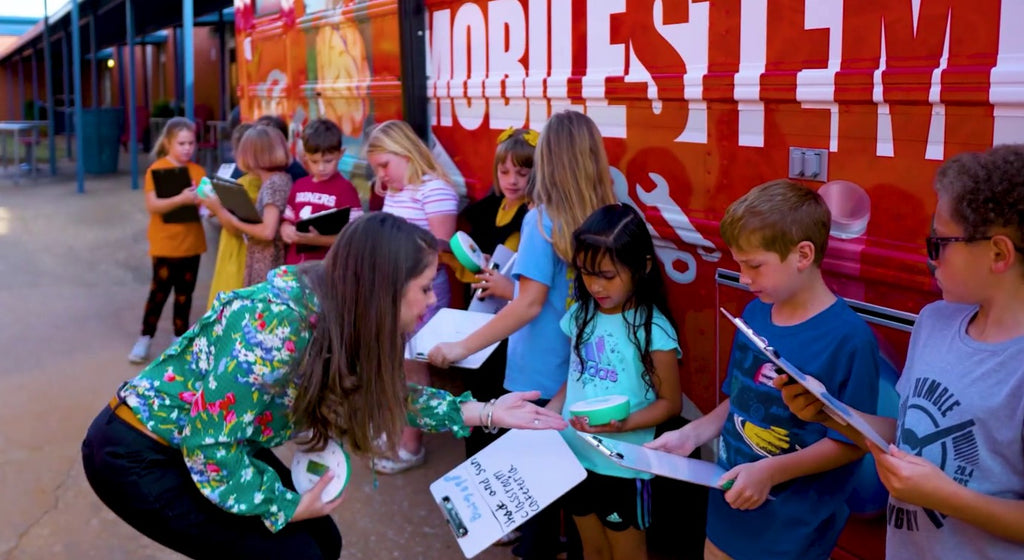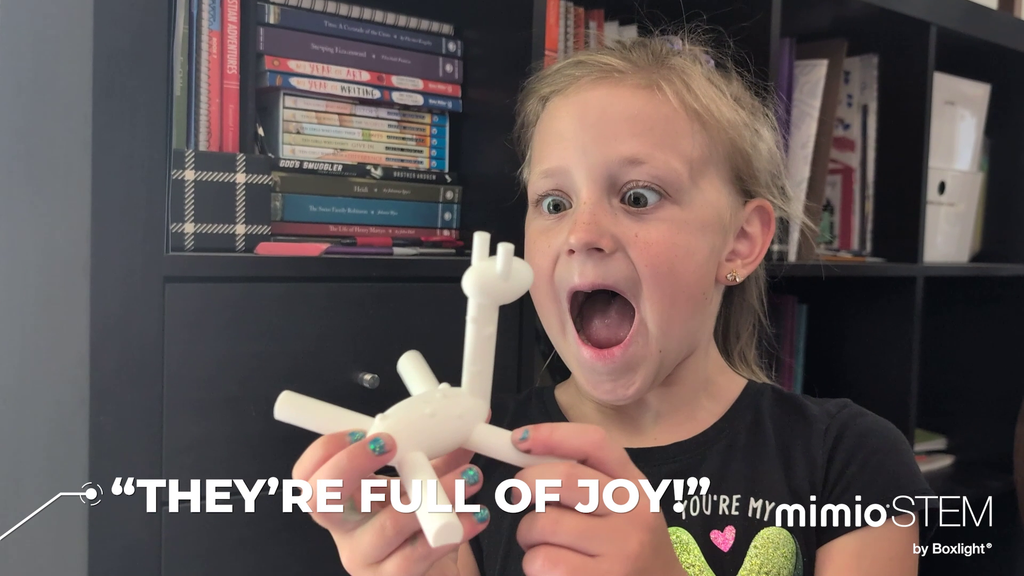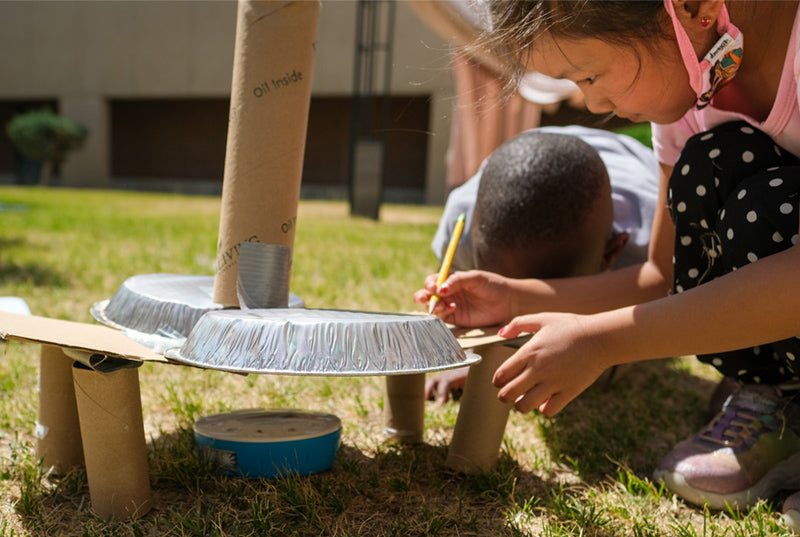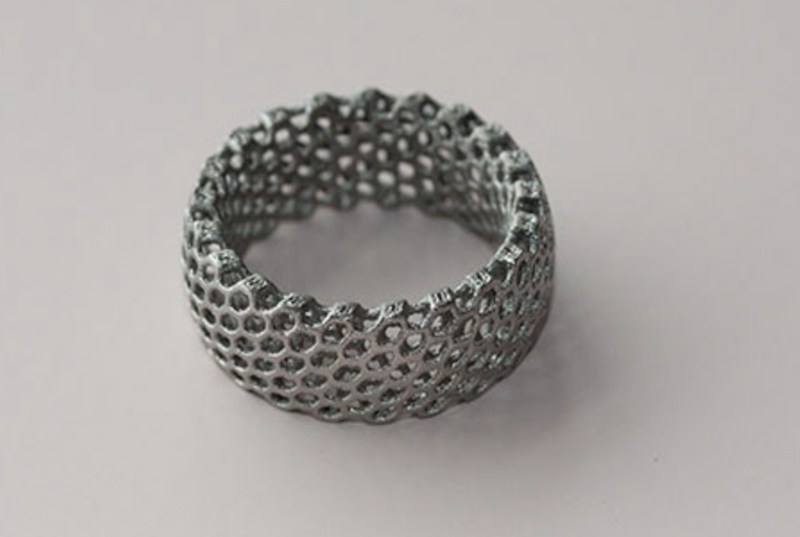Can you think of a more unmistakable sign that technology might, at last, change our lives? What can’t you accomplish now that medical labs can “print” human organs without much fuss or that you can build replacement parts from the comfort of home for the machines and devices you rely on each day?
While some of the most promising types of printable materials have been out of reach for all but the most established companies with the most sophisticated fabrication machines, that era is over today. Now, with an investment of just a few hundred dollars, you can start creating marvels for yourself.
What are these new wonders of the world? We’ve highlighted five of the best printable materials below:
Have you ever played with Legos? You know you have. Legos are made out of ABS plastic.

You’re not going to find a 100 percent “organic,” “gluten-free” or “grain-fed” 3D printing material, but if one of the most popular kid’s toy companies in existence trusts ABS, you can count on it for home-printed building blocks and other irresistible playthings.
Naturally, that’s not the only application for this versatile type of plastic. But it is the first material you’ll want to familiarize yourself with though if you’re getting into 3D printing as a hobby, since some of the other materials, like metals, can be a little more unforgiving.

In the meantime, our second example of plastics goes to Ultimaker and Farmshelf, who both provide a look at the future of urban farming. Until this point, they say, off-the-shelf parts didn’t offer the degree of precision necessary to grow plants with strict water and air circulation requirements.
But now, thanks to 3D-printed plastic parts, we’re quickly seeing a picture come together of how cities of the future might make better use of space to grow food and even ornamental plants cost-effectively and at scale.
- Titanium
You probably recognize titanium as one of the most robust and durable metallic elements that we know today. Now, 3D printing is putting this fantastic material within reach for kickstarters and established companies.
The widespread adoption of 3D printing brought titanium home in recent years to what feels like a natural environment — the jewelry industry. We’re already seeing some unusual designs come out of the marriage of 3D printing and jewelry, such as those by Aaron & Declan Pateras in Melbourne.

Beyond its aesthetic value, titanium is also a significant weight-saver. Recent breakthroughs in 3D printing could see Boeing save $3 million on the total cost of manufacturing each of its passenger jets. Now that Federal Aviation Administration (FAA) granted them approval, structural airplane components 3D-printed from titanium are closer than ever to traversing our skies.
- Resin

The technology that powers every type of 3D printing has matured at a rapid pace. Just a couple of years ago, it was considered a breakthrough to be able to form models from resin using a 3D printer. But now, it’s not a hassle for companies like FormLabs. Like others, they got their start on the internet. Now, they’re helping families build hinged eyeglasses for infants from sturdy and durable resins.

Want two more cool applications for resin? Proto3000 boasts resin 3D-printing capabilities, including for heavy-duty industries like automotive and even delicate operations like water treatment. If you’ve ever hoped to machine your own underhood parts, a 3D printer might deliver that capability soon.
- Thermal Plastic Elastomers (TPUs)
As we’ve discussed a little bit already, many of the materials you can craft with when it comes to 3D printing are robust, rigid and durable. But what about the many instances where you need an end product with mobility or flexibility?

Duncan-Parnell has already proved it’s possible thanks to their partnership with prosthetic makers for animals. Many of us have had pets with mobility problems — and now they can have personalized prosthetics.
It’s all possible thanks to materials such as thermal plastic elastomers, or TPUs, which Animal Orthocare crafts into tailor-made surrogate limbs or braces. Plastic elastomers give these remarkable prostheses the strength and flexibility they need to enhance the quality of life for two-legged and four-legged patients.

Medical devices printed from TPUs and TPEs are already growing in popularity and sophistication, but other successful case studies of this versatile material include applications in footwear, replacement parts for power tools, sporting goods and more by recognizable brands like Adidas.
- Gold and Other Precious Metals
Even if you don’t know it, you’re probably surrounded by gold. We’re not talking about jewelry, either — we already covered that. We’re talking about the circuit boards in your computer, smartphone, router, watch and all the other electronics you probably take for granted.

You probably won’t be printing a supercomputer in your basement for a while yet, but promising case studies are already emerging from folks who work with gold to print circuit boards. Some printers, like the one from Next Dynamics, can handle up to six materials at once to produce primitive — as in “low-resistance” — circuit boards for simple electronics.
What else are precious metals useful for? Lots of things! Just ask any number of researchers who are helping to advance sensor technologies by applying additive or 3D manufacturing.

Sensor technology is a surprisingly broad field — we’re talking about force, strain and pressure sensors, tactile sensors, displacement sensors, angular sensors, accelerometers and many more. Gold, platinum, silver and other precious metals are all excellent candidates to 3D print the delicate components that sensors require to study the world around us.
As you can see, 3D printing will provide benefits great and small. From entertaining our kids to advancing the reaches of science, this is a critical point in our technological development.
For generations, it’s been the stuff of utopian dreams to have the means of production in the hands of “the people.” Not to get too grand about it, but if all the spectacular applications above are any indication, 3D printing might just remake the world as you know it.
Lexie is a freelance designer and writer. She enjoys using CAD software and researching new 3D materials. She owns and manages Design Roast and can be followed on Twitter @lexieludesigner.



